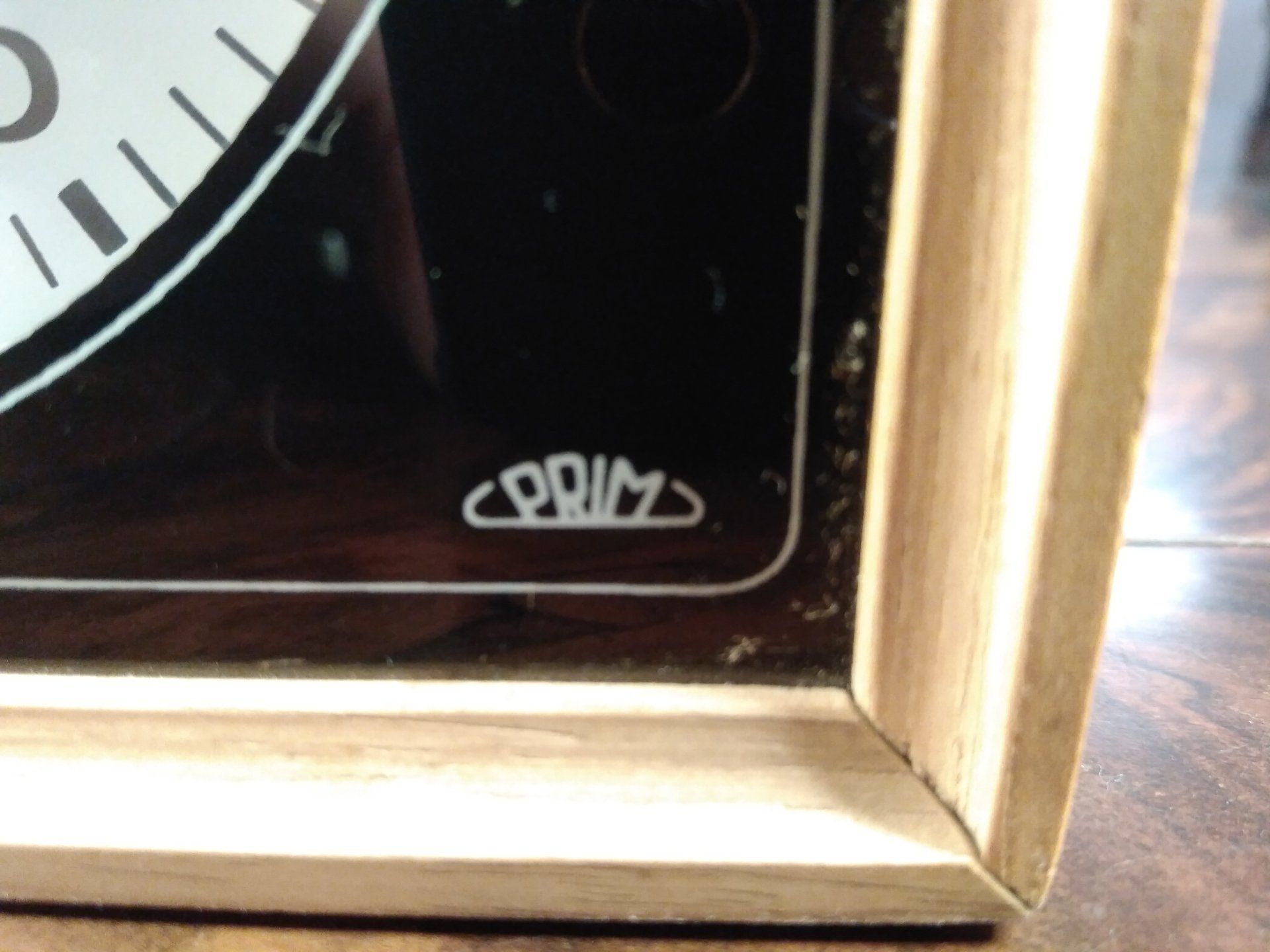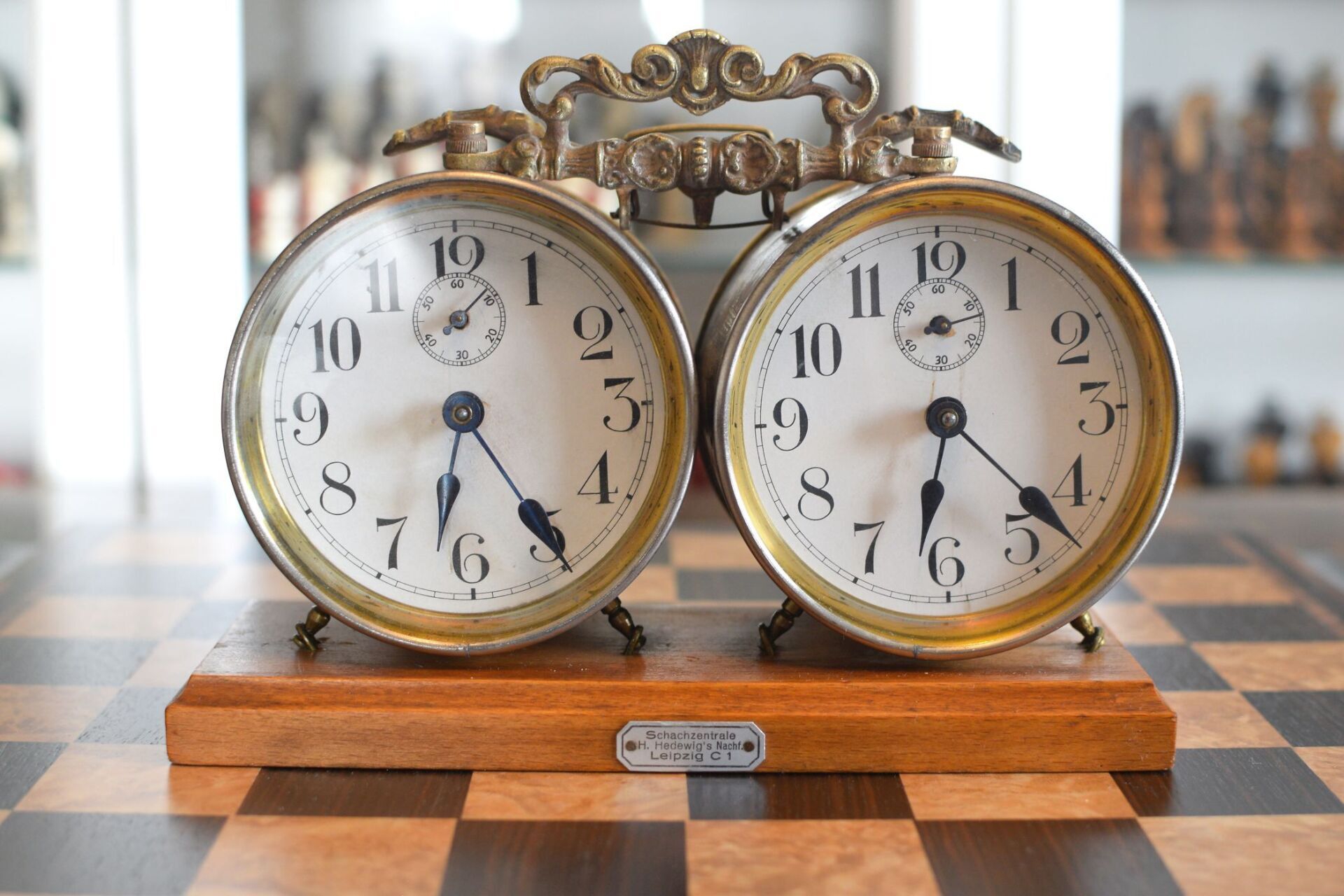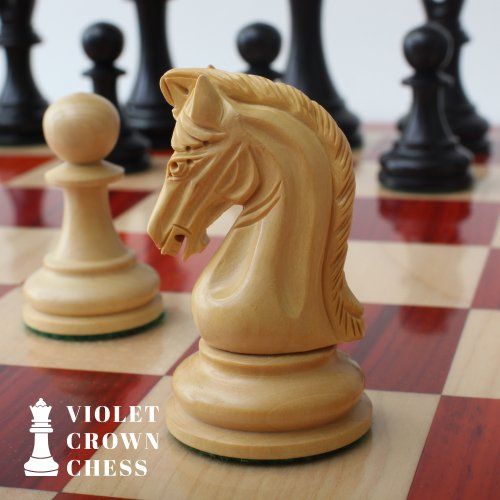Jerger & Prim Gambit Chess Clocks, Czechoslovakia / Germany, 1960's
The Gambit clock is a design of Chronotechna in Czechoslovakia. Chronotechna was founded after the communists took power in Czechoslovakia. The factories of Junghans in Braunau/Broumov (which was the former branch factory of Gustav Becker from Freiburg) and Kienzle in Komotau / Chomutov were first expropriated, then merged (according to the Soviet credo in the Comecon there could only be one factory of everything, i.e. only one clock factory) and finally moved to Sternberg. In the 80's the company got into a spin, the German company Hanhart entered the market, and after the reunification the company was divided into several parts and privatized.
Around 1960, Chronotechna produced a clock with a bakelite case (based on the Soviet model). At the same time, i.e. in 1960 UMF Ruhla introduced the well known Gardé at the Chess Olympiad in Leipzig, which turned out to be a success story. The development of the Gambit clock was Chronotechna's reaction to that. It is sometimes said, the Gambit is a blatant copy of the Gardé, but this certainly cannot be entirely true as the two clocks do share some design similarities (in particular the large rectangular case), but are apart from that too different from each other. However, for some reason the Gambit clock, was not as easily accepted among players as the East German Gardé.
Production of the Gambit clock started already in the early sixties, when the clock initially appeared under the name Chronotechna, later under the name Prim. But what about the "Jerger" version? According to information I received from a reputable collector, from 1962 the company was taken over by Jerger who tried to stimulate their sluggish sales markets with the unusual design. I find it hard to believe that in the middle of the cold war a German company from the Black Forest area could "take over" a Czech company in the legal sense, so I personally assume it was more of a cooperation of the type that Jerger also had with other clock manufacturers (e.g. Heuer). However, the initial sale under the brand Jerger succeeded only until 1970, when the distribution under this brand stopped. The clock came back in fashion after 1970, but by that time there were only a few copies left and so it became a coveted collector's item that was mainly found in museums from the mid-seventies.
According to a reputable chess clock collector, the Jerger Gambit is "a beautiful, precise and very rare chess clock".
















